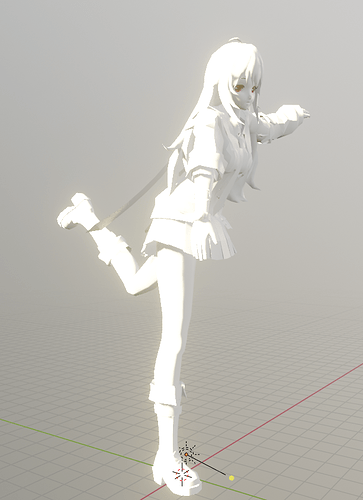Use this code as example
import bpy
from mathutils import Vector, Quaternion
context = bpy.context
bones = {}
# XYZ coordinates of bone head in armature space, WXYZ rotation in quaternions
bones["Bone"] = ((-1.48222, -0.194431, -0.383472), (0.953425, 0.01901, -0.300824, 0.011176))
# XYZ coordinates of bone head in parent bone space, WXYZrotation in quaternions
bones["Bone.001"] = ((0, 3.3363, 0), (0.35458, -0.269697, 0.157483, -0.881326))
# XYZ coordinates of bone head in parent bone space, WXYZ rotation in quaternions
bones["Bone.002"] = ((0, 4.0228, 0), (0.074972, -0.432144, 0.202091, -0.875666))
# XYZ coordinates of bone head in parent bone space, WXYZ rotation in quaternions
bones["Bone.002_nub"] = ((0, 4.7955, 0), (1, 0, 0, 0))
armature = bpy.data.armatures.new("Armature")
rig = bpy.data.objects.new("Armature", armature)
context.scene.collection.objects.link(rig)
context.view_layer.objects.active = rig
bpy.ops.object.editmode_toggle()
for i, bone in enumerate(bones.items()):
# create new bone
current_bone = armature.edit_bones.new(bone[0])
# first bone in chain
if i == 0:
# create bone at armature origin and set its length
current_bone.head = [0, 0, 0]
length = list(bones.values())[i+1][0][1]
current_bone.tail = [0, 0, length]
# rotate bone
quat_armature_space = Quaternion(bone[1][1])
current_bone.transform(quat_armature_space.to_matrix())
# set position
current_bone.translate(Vector(bone[1][0]))
# save bone, its tail position (next bone will be moved to it) and quaternion rotation
parent_bone = current_bone
parent_bone_tail = current_bone.tail
parent_bone_quat_armature_space = quat_armature_space
# last bone in chain
elif i == (len(bones) - 1):
# create bone at armature origin and set its length
current_bone.head = [0, 0, 0]
current_bone.tail = [0, 0, 1]
# rotate bone
current_bone_quat_parent_space = Quaternion(bone[1][1])
# like matrices, quaternions can be multiplied to accumulate rotational values
transform_quat = parent_bone_quat_armature_space @ current_bone_quat_parent_space
current_bone.transform(transform_quat.to_matrix())
# set position
current_bone.translate(Vector(parent_bone_tail))
# connect
current_bone.parent = parent_bone
current_bone.use_connect = True
else:
# create bone at armature origin and set its length
current_bone.head = [0, 0, 0]
length = list(bones.values())[i+1][0][1]
current_bone.tail = [0, 0, length]
# rotate bone
current_bone_quat_parent_space = Quaternion(bone[1][1])
# like matrices, quaternions can be multiplied to accumulate rotational values
transform_quat = parent_bone_quat_armature_space @ current_bone_quat_parent_space
current_bone.transform(transform_quat.to_matrix())
# set position
current_bone.translate(Vector(parent_bone_tail))
# connect
current_bone.parent = parent_bone
current_bone.use_connect = True
# save bone, its tail position (next bone will be moved to it) and quaternion rotation
parent_bone = current_bone
parent_bone_tail = current_bone.tail
parent_bone_quat_armature_space = transform_quat
bpy.ops.object.editmode_toggle()
